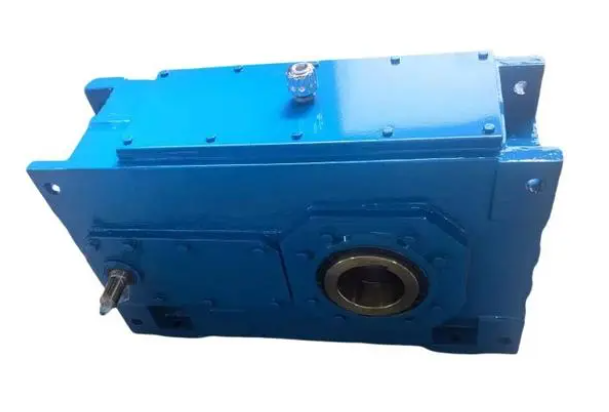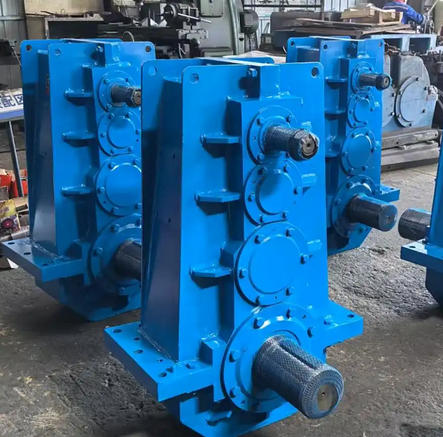Optimization analysis of heavy industrial gearbox planetary carrier structure

In the field of heavy industry, especially in key industries such as wind power generation, mining machinery, and ship power, the gearbox serves as the core component for power transmission and speed regulation, and its performance and reliability directly affect the operational efficiency and safety of the entire system. As a key component of planetary gear transmission, the structural design optimization of the planetary carrier is particularly important. This article will delve into the structural optimization analysis of heavy-duty industrial gearbox planetary carriers from the aspects of their basic structure, force analysis, optimization strategies, and actual effects.
###1、 The basic structure and function of planetary carriers
The planetary carrier is a key component in planetary gear transmission devices that carries planetary gears and transmits torque. It usually consists of side plates, connecting plates (struts), and holes or shaft necks for installing bearings. According to different structural forms, planetary carriers can be divided into types such as double-sided plate integral type, double-sided plate separated type, and single-sided plate type. Among them, the double-sided integral structure is most widely used in heavy-duty industrial gearboxes due to its good rigidity and load-bearing capacity.
The main functions of a planetary carrier include:
1. * * Supporting planetary gear * *: Provides a stable support platform for the planetary gear to ensure its stability and reliability during high-speed rotation.
2. * * Transmission torque * *: The input torque is distributed to each planetary gear through the planetary gears and ultimately output to the output shaft, achieving effective power transmission.
3. * * Balanced Load * *: Through reasonable structural design, the load between planetary gears is evenly distributed, reducing vibration and noise, and improving transmission efficiency.
###2、 Force analysis of planetary carrier
In heavy-duty industrial gearboxes, the planetary carrier is subjected to complex and variable loads, mainly including torque, radial force, axial force, and additional stress caused by thermal expansion. The combined effect of these loads causes deformation and stress concentration in the planetary carrier during operation, which in turn affects the accuracy and lifespan of the transmission device.
By using the finite element analysis (FEA) method, it is possible to accurately simulate the stress and displacement fields of the planetary carrier in its working state. Research has shown that the maximum stress of planetary carriers usually occurs near the constrained input end, while the maximum deformation mostly occurs at the planetary axle holes far from the input end. This deformation not only causes the planetary gear axis to tilt relative to the central gear axis, affecting the contact strength and bending strength of the gear teeth, but may also lead to serious faults such as tooth breakage.
###3、 Strategy for optimizing planetary carrier structure
In response to the complex forces and large deformations that exist in the working process of planetary carriers, structural optimization can be carried out from the following aspects:
1. Increase the thickness of the connecting plate: If the structure allows, increasing the thickness of the connecting plate appropriately can effectively improve the rigidity of the planetary carrier and reduce deformation. However, it should be noted that increasing thickness will also lead to an increase in quality, which needs to be considered comprehensively.
2. * * Optimize the side panel structure * *: By adjusting the width and thickness of the side panel, improve its stress state. Especially the side panel near the input end can be appropriately widened to enhance rigidity. Meanwhile, optimize the connection method between the side plate and the connecting plate to reduce stress concentration.



